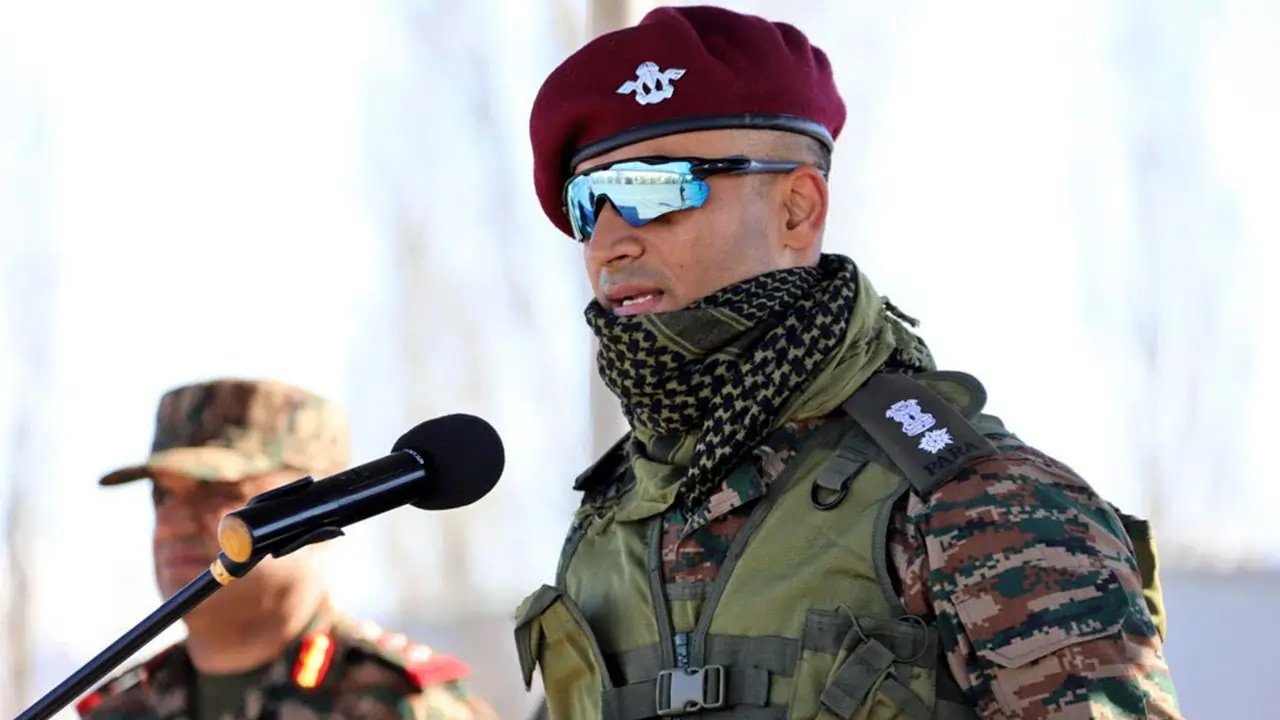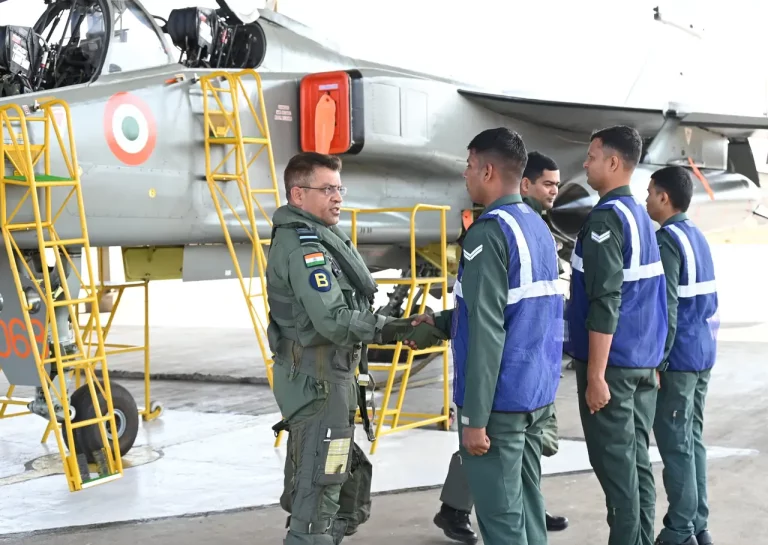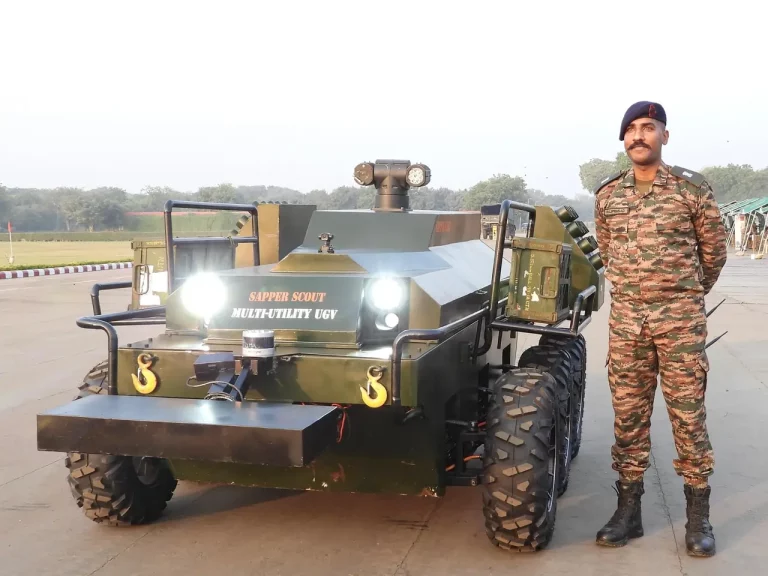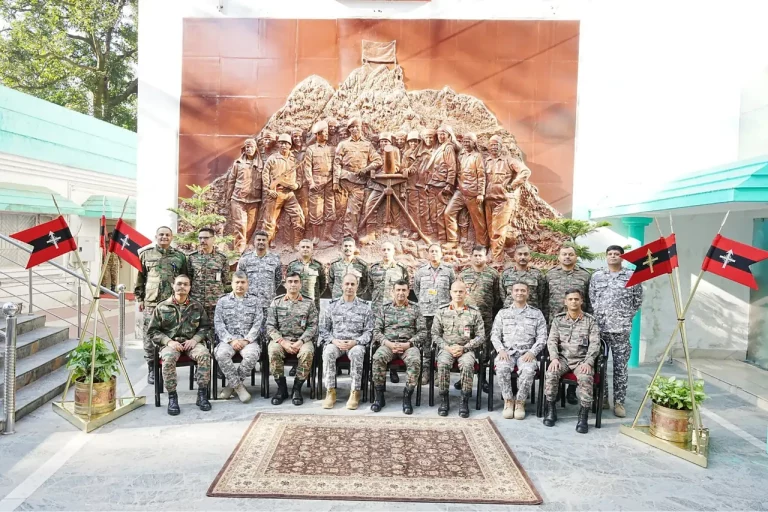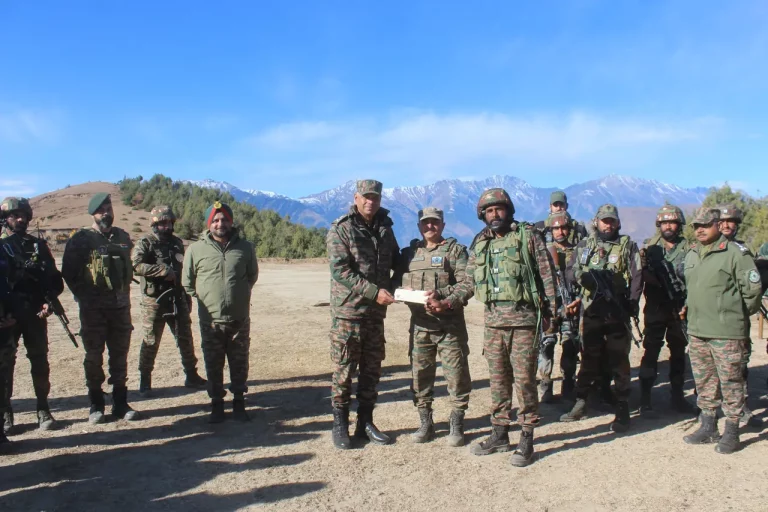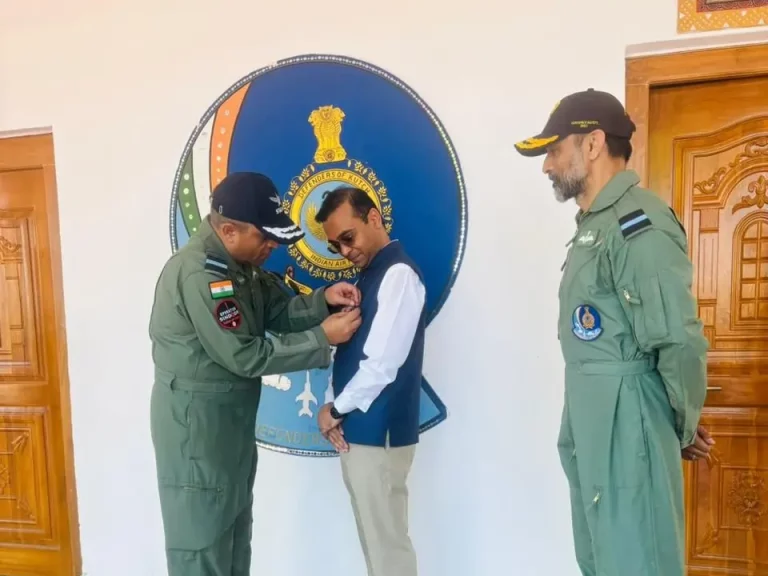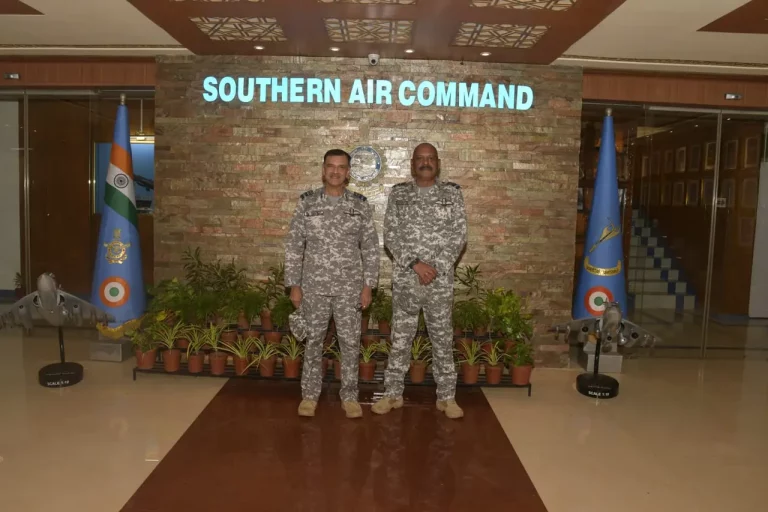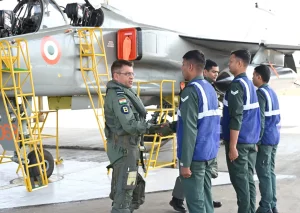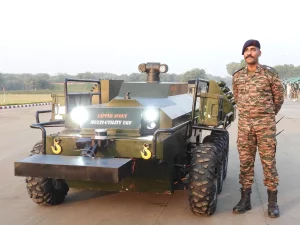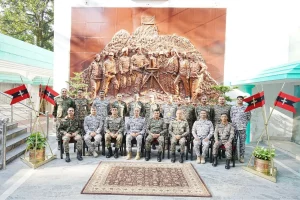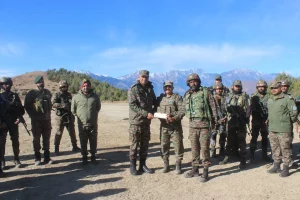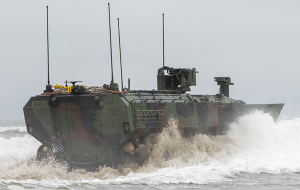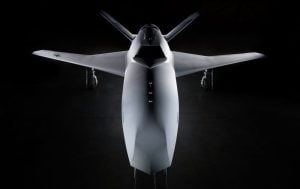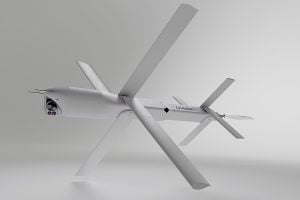In a noteworthy initiative aimed at improving combat readiness and standardizing fitness levels, the Indian Army has decided to implement a new Combined Physical Test (CPT) that will take effect from April 1, 2026. This groundbreaking policy will mandate fitness assessments for all ranks, including senior officers such as Brigadiers, Major Generals, and Lieutenant Generals, up to the age of 60. The primary objective of this initiative is to modernize and consolidate existing fitness testing protocols, thereby reinforcing the importance of physical fitness as a cornerstone for effective leadership and operational success.
Historically, the Indian Army utilized two distinct categories for physical fitness evaluations: the Battle Physical Efficiency Test (BPET) for officers and soldiers up to age 45 and the Physical Proficiency Test (PPT) for those up to age 50. The BPET involved a 5-kilometer run in combat dress with a 4.5-kilogram battle load, while the PPT consisted of a 2.4-kilometer run. Senior officers beyond these age brackets were previously exempt from undergoing such assessments. The CPT aims to unify these testing frameworks into a single standard, reducing the testing frequency for junior ranks from up to four times a year to twice a year for all personnel, thus streamlining procedures and harmonizing standards across different ranks and genders. This adjustment also allows more time for soldiers to engage in sports and other recreational activities.
The decision to introduce the CPT follows extensive internal discussions and comparisons of fitness standards with foreign militaries. According to an official Army communication from October 3, physical fitness is deemed essential for military personnel to handle the challenges of training and multi-domain operations. The statement emphasized that qualities like strength, endurance, and agility are crucial for combat readiness, enabling soldiers to respond swiftly and efficiently in dynamic circumstances. The directive further stressed that, despite advancements in technology and warfare, the human element in military operations remains vital.
The CPT will feature age-specific and gender-inclusive parameters, with evaluation tables designed to maintain both rigor and feasibility. Participants must achieve a minimum satisfactory grade of 6 marks to pass, with repeated failures potentially jeopardizing career advancements, including promotions and annual confidential reports (ACRs).
For personnel aged 50 to 60, typically comprising two-star and three-star officers such as Major Generals, the test will include a 3.2-kilometer brisk walk along with a specified number of sit-ups and push-ups tailored to their age group. For those aged 35 to 50 years, the requirements will involve a 3.2-kilometer run, sit-ups, and push-ups. Officers under 45 will also be required to demonstrate competency in vertical rope climbing.
The testing for senior officers will be supervised for those up to age 55, transitioning to self-assessments from ages 55 to 60. All tests will focus on endurance, strength, and agility, aligning with contemporary military requirements.
Retired Lieutenant General Vinod Bhatia, a former director general of military operations, expressed support for the changes, noting that mentally and physically fit leaders are essential for successful military outcomes. He characterized the updated procedures as relevant, practical, and inclusive, which may foster a sustained culture of fitness throughout an officer’s career.
An anonymous Army officer expanded on the policy’s implications, pointing out that the new CPT serves to simplify and modernize physical standards across ranks. This means that even senior ranks will now participate in the CPT, emphasizing accountability at all levels and positioning senior officers as role models for their subordinates.
The introduction of the CPT is part of broader efforts to prevent declines in fitness standards in response to evolving operational challenges. By requiring fitness tests for top-ranking personnel, the Indian Army is reinforcing the ethos of leading by example, ensuring that every member—from new recruits to high-ranking officials—contributes to a resilient and mission-ready force. As implementation approaches, close monitoring of the policy’s rollout will be essential.
